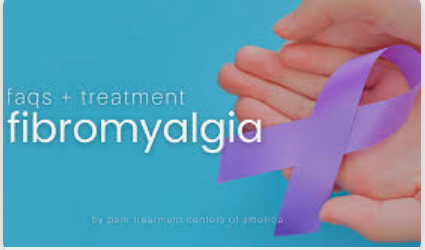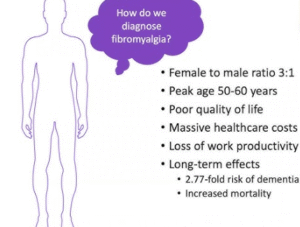Breakthroughs in Fibromyalgia Care: Exploring the Latest Treatment Options
What Is the Latest Treatment for Fibromyalgia?
Fibromyalgia, a chronic condition characterized by widespread musculoskeletal pain, fatigue, and cognitive disturbances, has long presented challenges in effective management. Recent advancements in medical research have introduced promising treatments aimed at alleviating symptoms and improving quality of life for those affected.
Emerging Pharmacological Treatments
Tonmya (TNX-102 SL)
Tonmya, developed by Tonix Pharmaceuticals, is a sublingual formulation of cyclobenzaprine designed for bedtime administration. It has shown significant efficacy in reducing fibromyalgia symptoms, including pain and sleep disturbances. Clinical trials have demonstrated its potential as a non-opioid treatment option, and it is currently under review by regulatory authorities.
SP-26 Ketamine Implant
Silo Pharma has developed the SP-26 ketamine implant, a novel approach delivering controlled doses of ketamine to manage fibromyalgia symptoms. This implant aims to provide sustained relief from chronic pain and fatigue, offering a new avenue for patients unresponsive to traditional therapies.
Sunobinop
Sunobinop, a nociceptin receptor partial agonist, is under investigation for its potential to modulate pain perception in fibromyalgia patients. While still in clinical trials, it represents a new class of treatment targeting specific neural pathways associated with pain and sleep regulation.
Innovative Non-Pharmacological Therapies
Fibrolux Laser Therapy
Fibrolux is a non-invasive laser therapy that utilizes specific wavelengths to stimulate cellular activity, potentially reducing pain and inflammation associated with fibromyalgia. Early studies suggest it may offer a safe and effective alternative for symptom management.
Perceptual Training (PeTra)
PeTra involves computer-based tasks designed to retrain the brain’s perception of pain. This cognitive approach aims to alter neural processing patterns, thereby reducing the intensity and impact of chronic pain experienced by fibromyalgia patients.
Complementary and Alternative Medicine (CAM) Approaches
Fecal Microbiota Transplantation (FMT)
Recent research has explored the role of gut microbiota in fibromyalgia. FMT involves transplanting healthy gut bacteria to restore balance, potentially alleviating symptoms such as pain and fatigue. While promising, further studies are needed to establish its efficacy and safety.
Hyperbaric Oxygen Therapy (HBOT)
HBOT exposes patients to high-pressure oxygen environments, which may enhance tissue oxygenation and reduce inflammation. Preliminary findings indicate potential benefits in pain reduction and improved sleep quality for fibromyalgia sufferers.
Integrative Management Strategies
Effective fibromyalgia management often requires a multifaceted approach:
- Physical Therapy: Incorporating exercises to improve strength, flexibility, and endurance.
- Cognitive Behavioral Therapy (CBT): Addressing negative thought patterns and promoting coping strategies.
- Nutritional Support: Ensuring a balanced diet to support overall health and well-being.
- Sleep Hygiene: Establishing routines to improve sleep quality and duration.
Conclusion
The landscape of fibromyalgia treatment is evolving, with innovative therapies offering hope for improved symptom management. While these emerging treatments show promise, individualized care plans developed in collaboration with healthcare professionals remain essential. Ongoing research and clinical trials will continue to shape the future of fibromyalgia care, aiming to enhance the lives of those affected by this complex condition.



